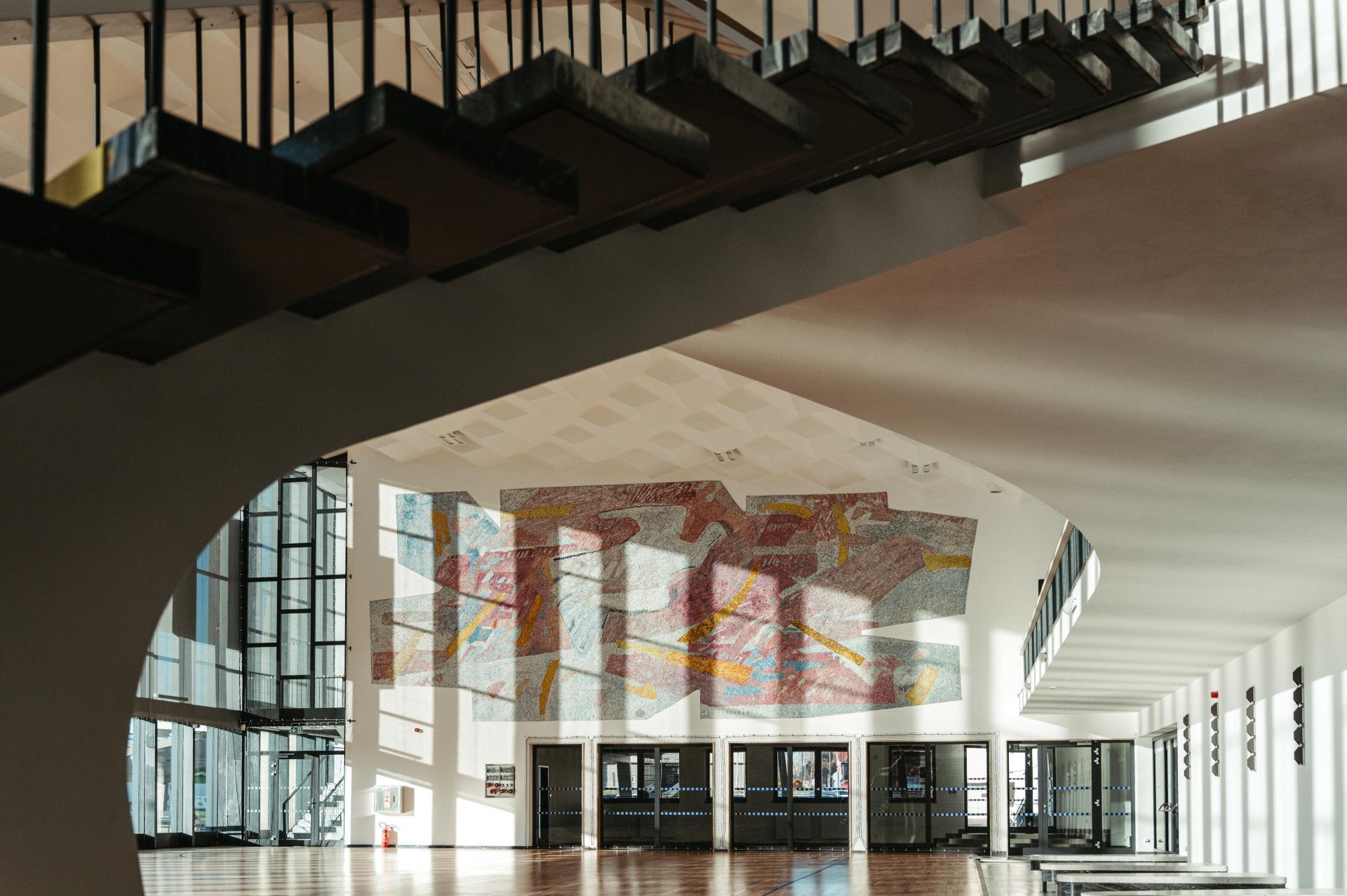In 1959, architect Josef Hrejsemnou designed and built the impressive Havířov railway station, which was demolished years later by the railway administration. However, the ruins are now being revived, and the station is being completed with a luxurious community space, the Fénix sports and social center. The interior reconstruction of the facility was designed by the Czech KOHLarchitekti. Let’s see the result!
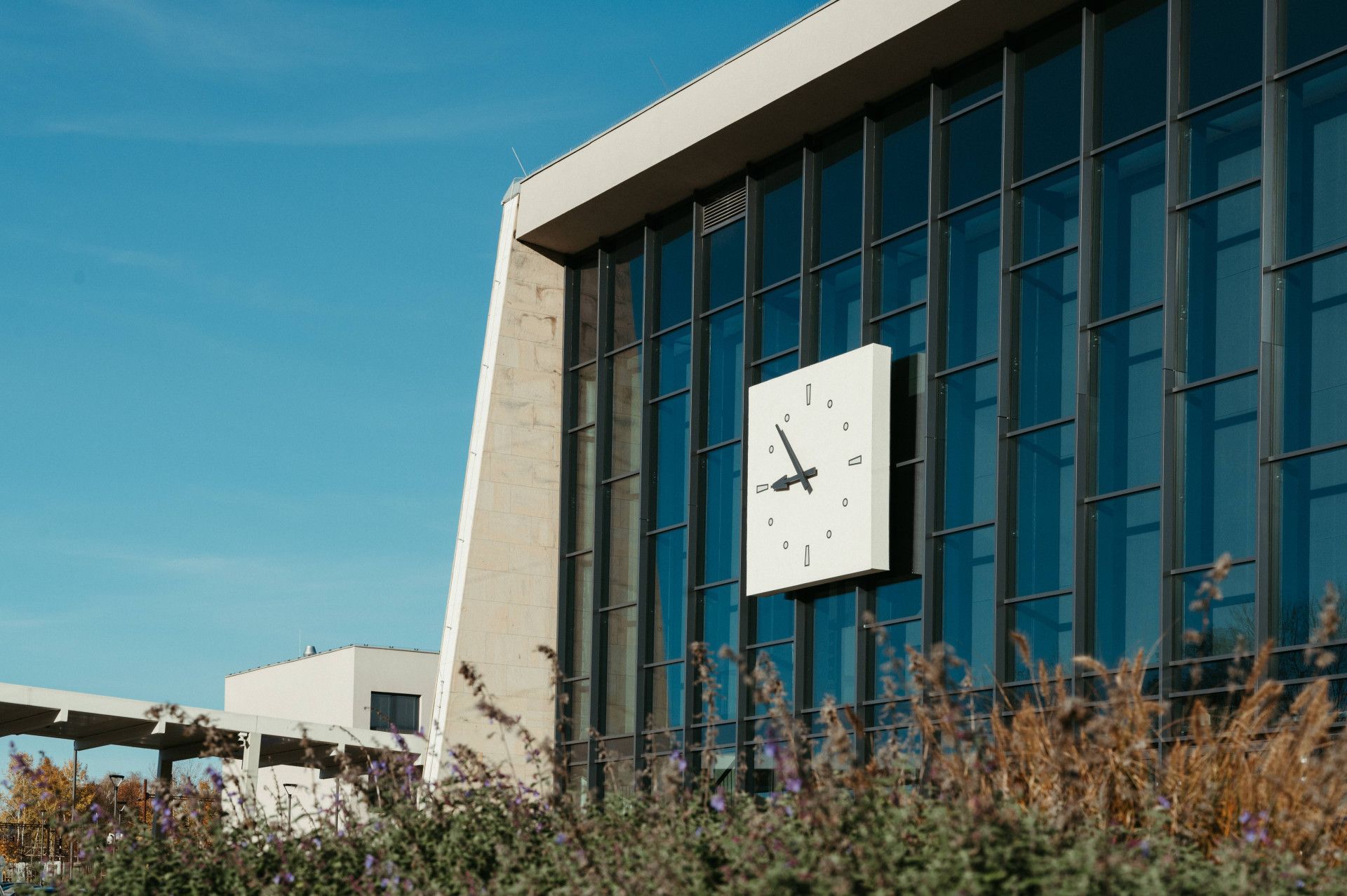
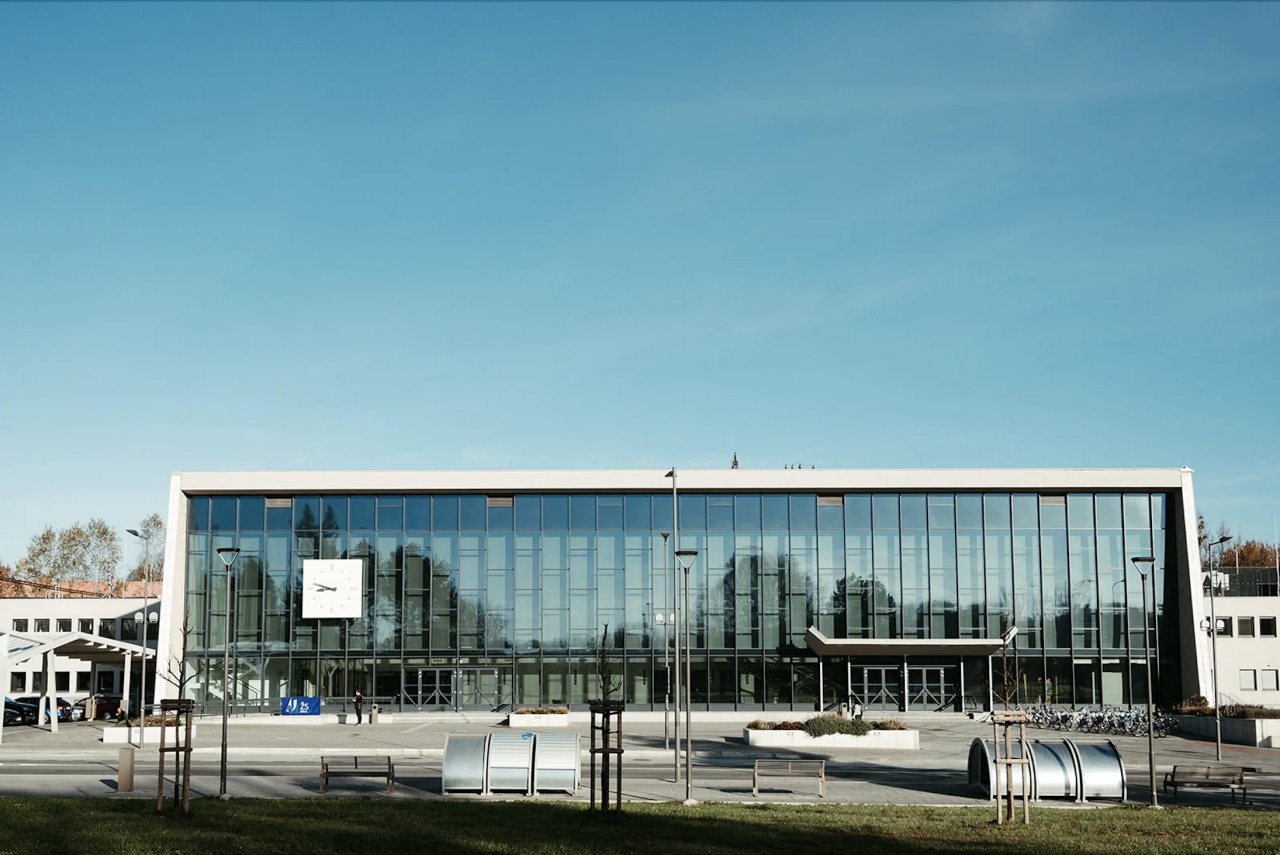

Hrejsemnou designed the station in the so-called Brussels style, which has had a significant influence on Czech architecture and applied arts since the 1960s and can be best defined as soft modernism. With this history, the Fénix Center is a new opportunity, which not only pays homage to the architectural legacy of the previous century but also meets contemporary needs in the best possible way.
The center’s air-conditioned building will also be used for ballet or gymnastics classes, thanks to the construction of smaller rooms upstairs. In addition to sporting activities, the center will also host concerts, exhibitions, performances, and gala evenings. The new hall has therefore been provided with the latest technical equipment to accommodate these events. The reconstruction has been one of the city’s most important investments over the past year, and although the hall is ready for inauguration, the renovation will be completed with the modernization of the platforms and tracks. In the meantime, enjoy the playful interior, considered one of the best examples of the aforementioned Brussels style in contemporary Czech architecture.
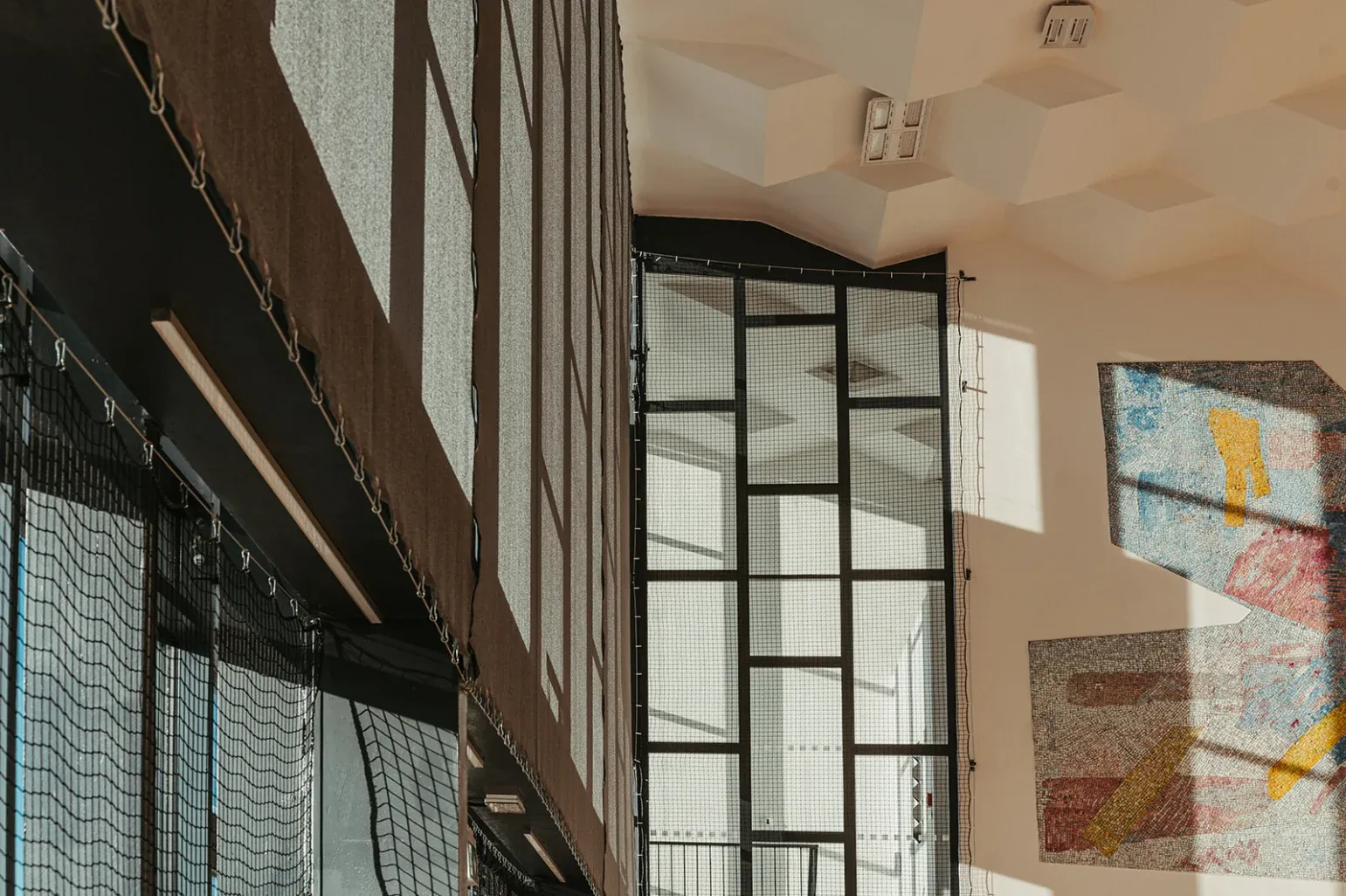
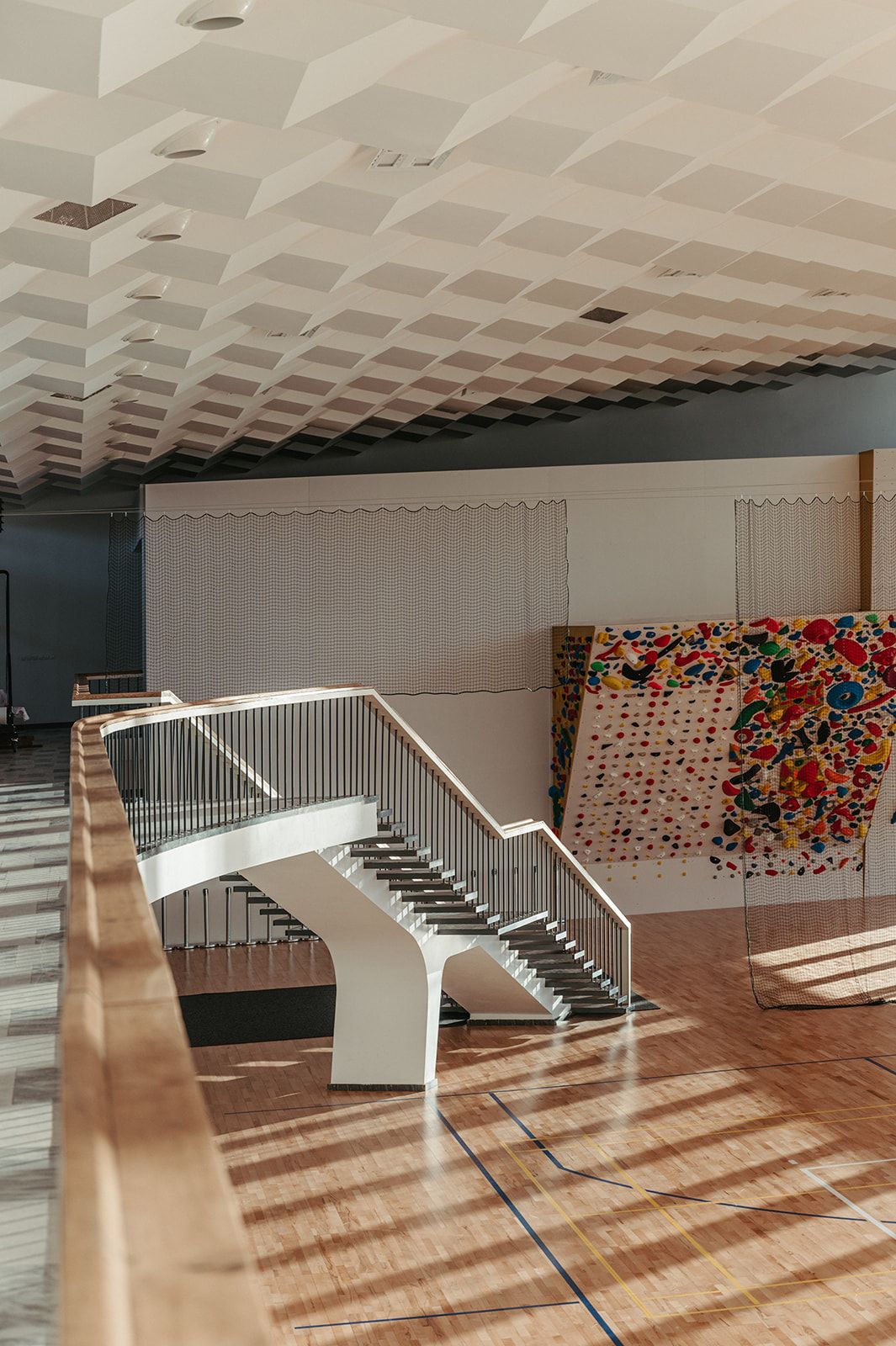
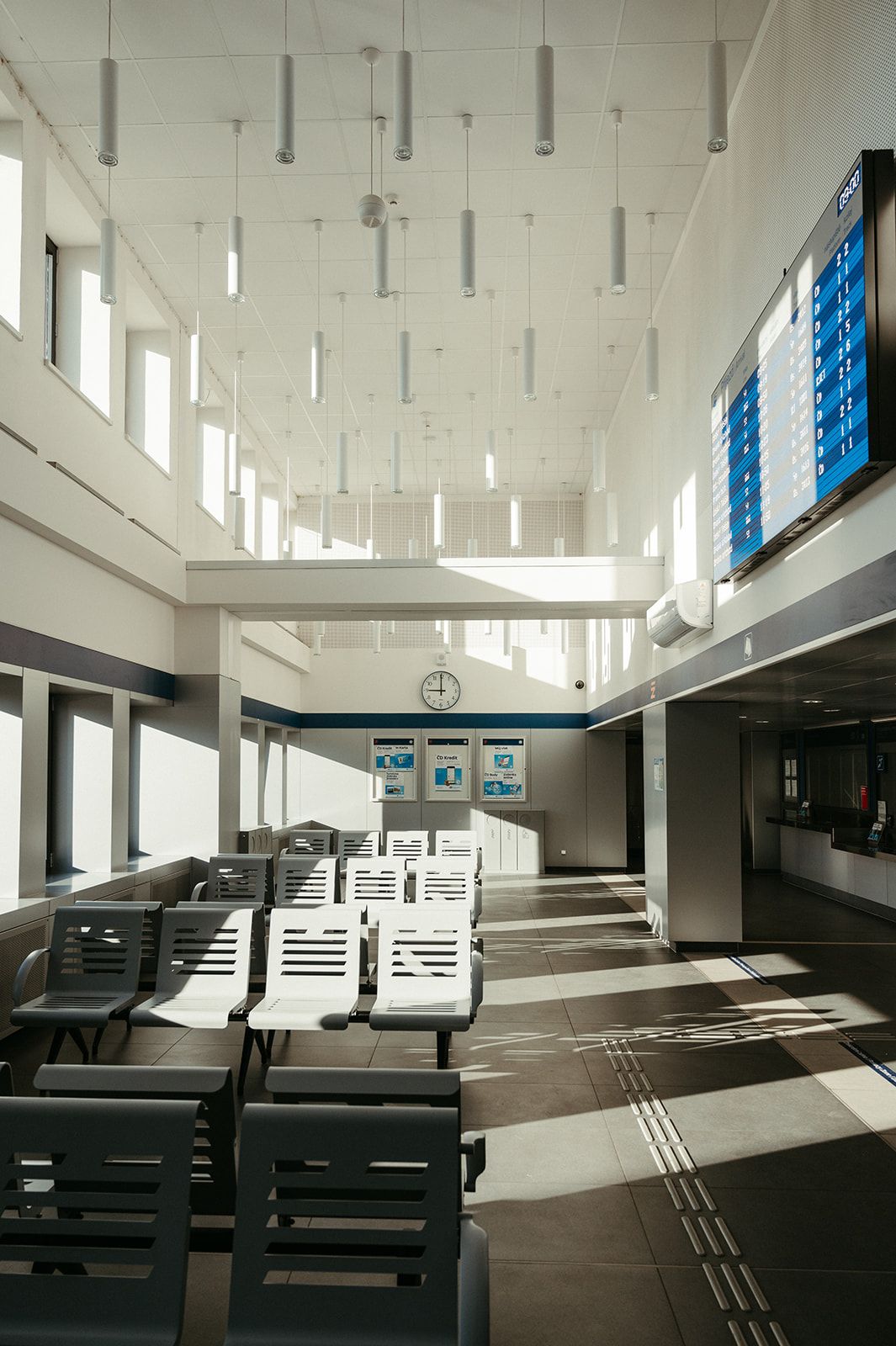
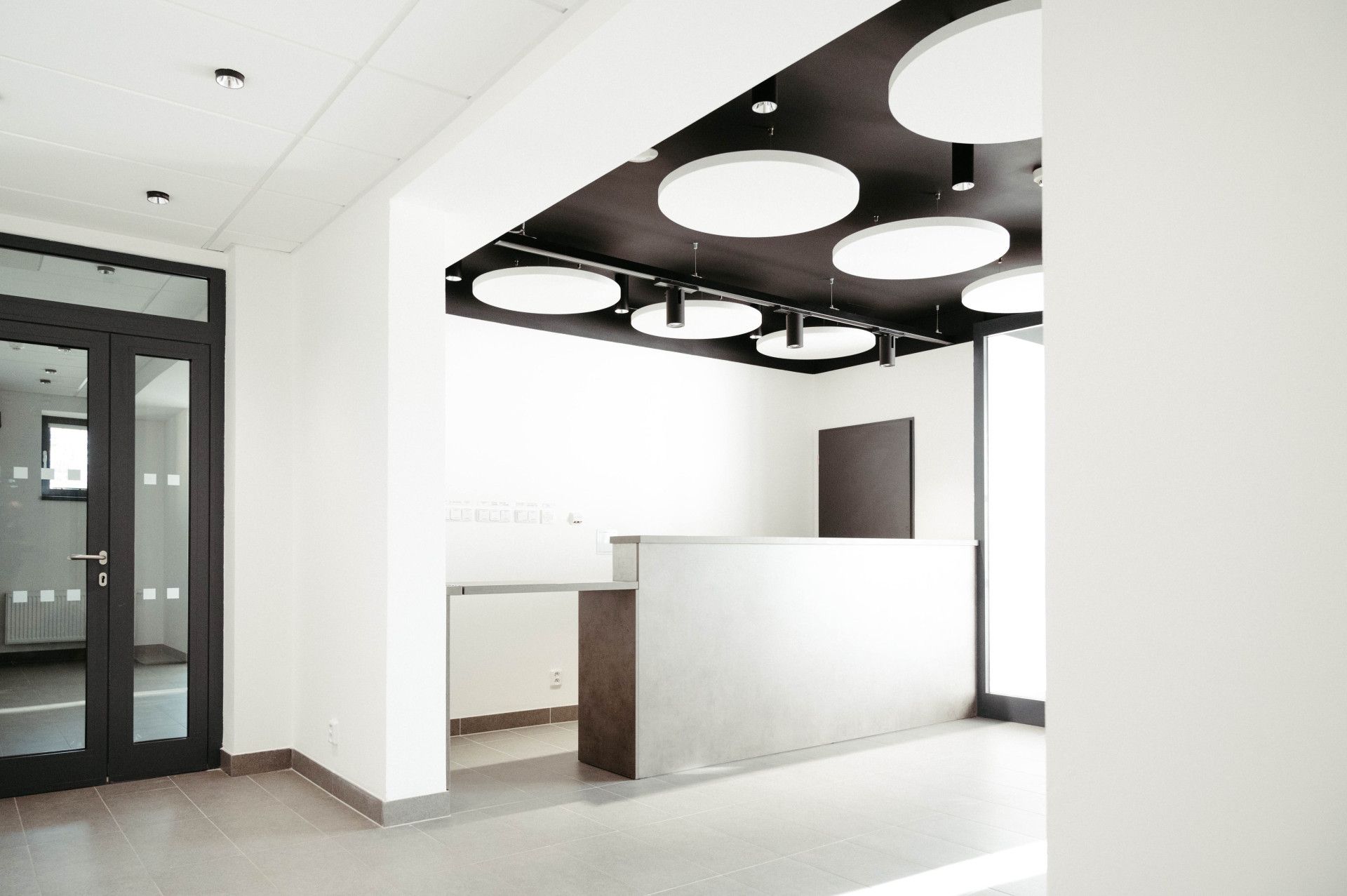
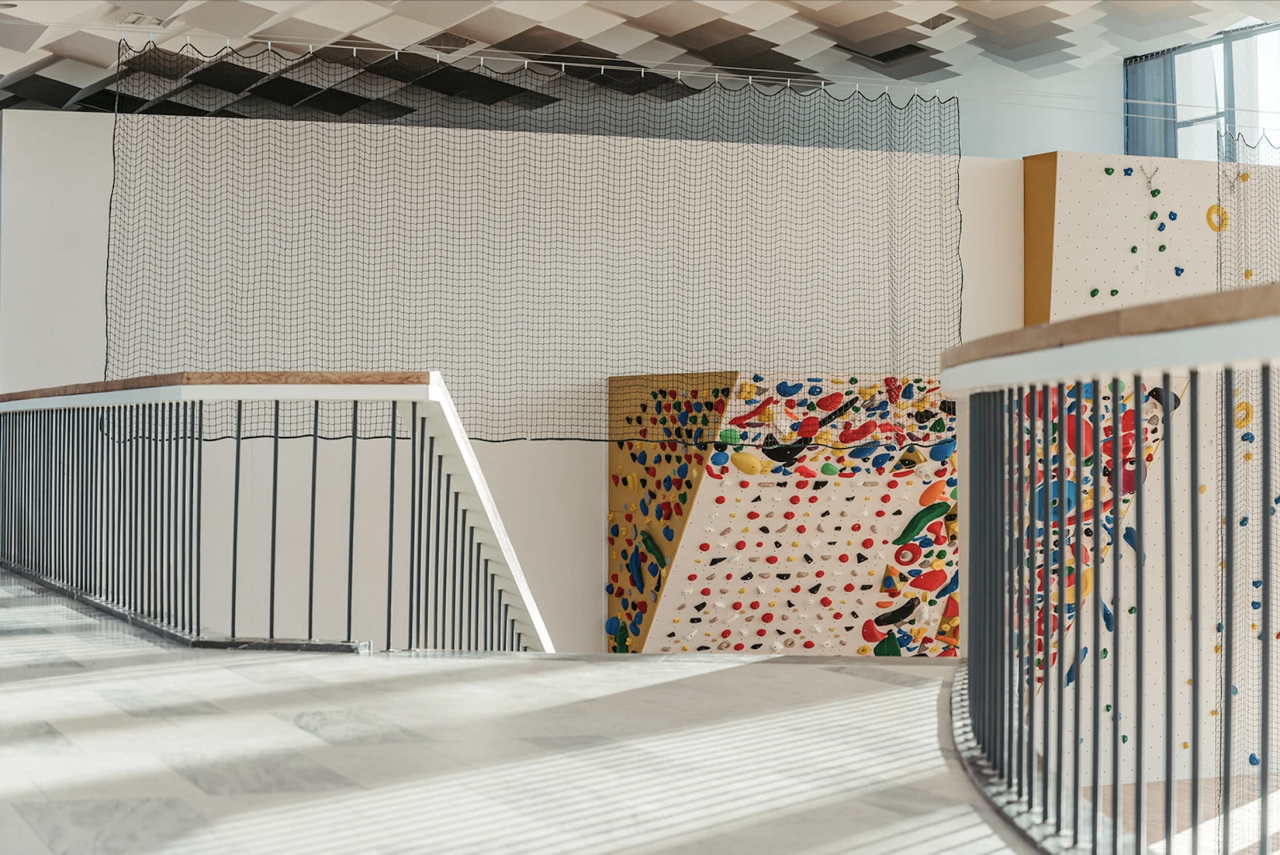
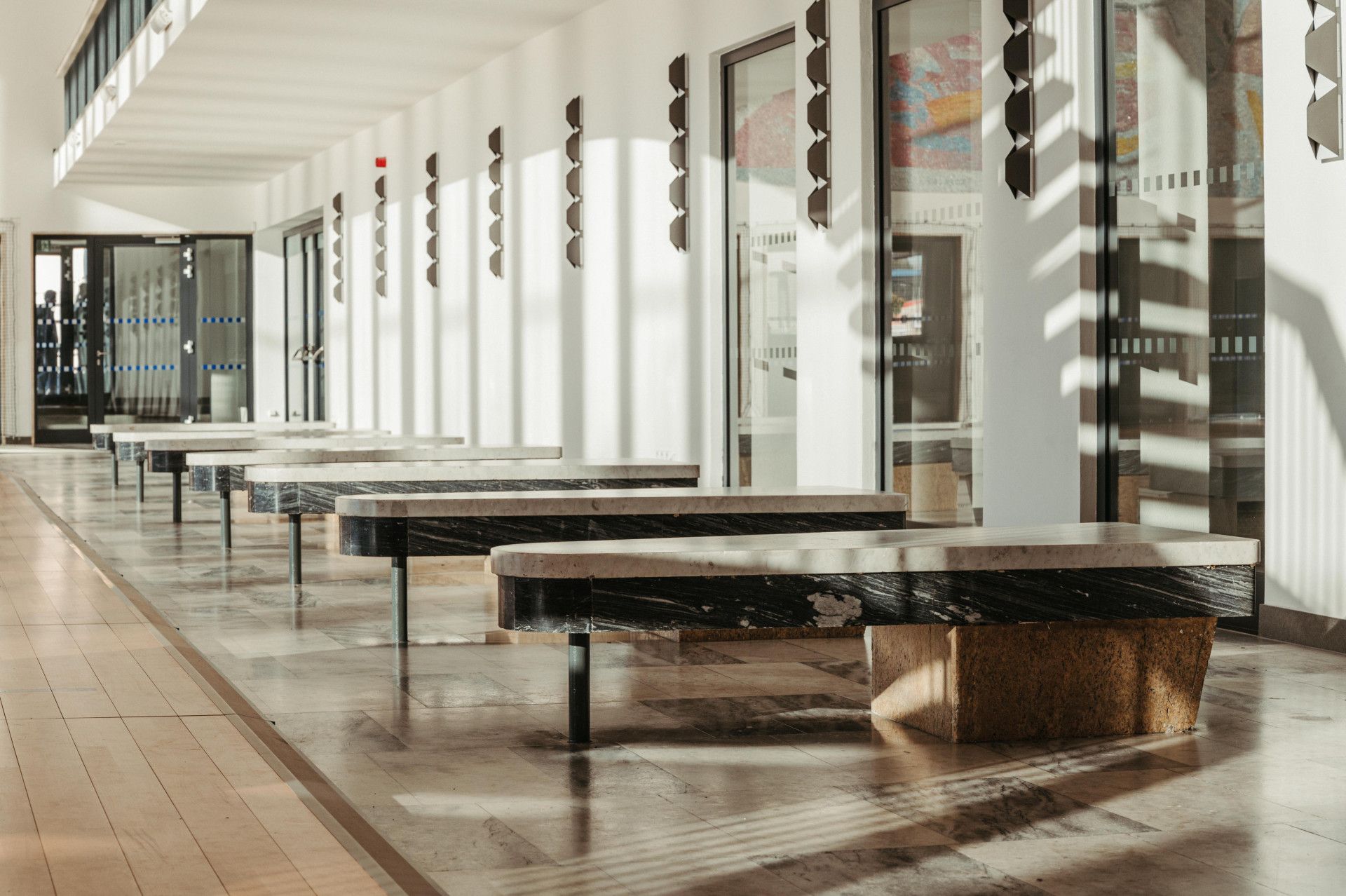
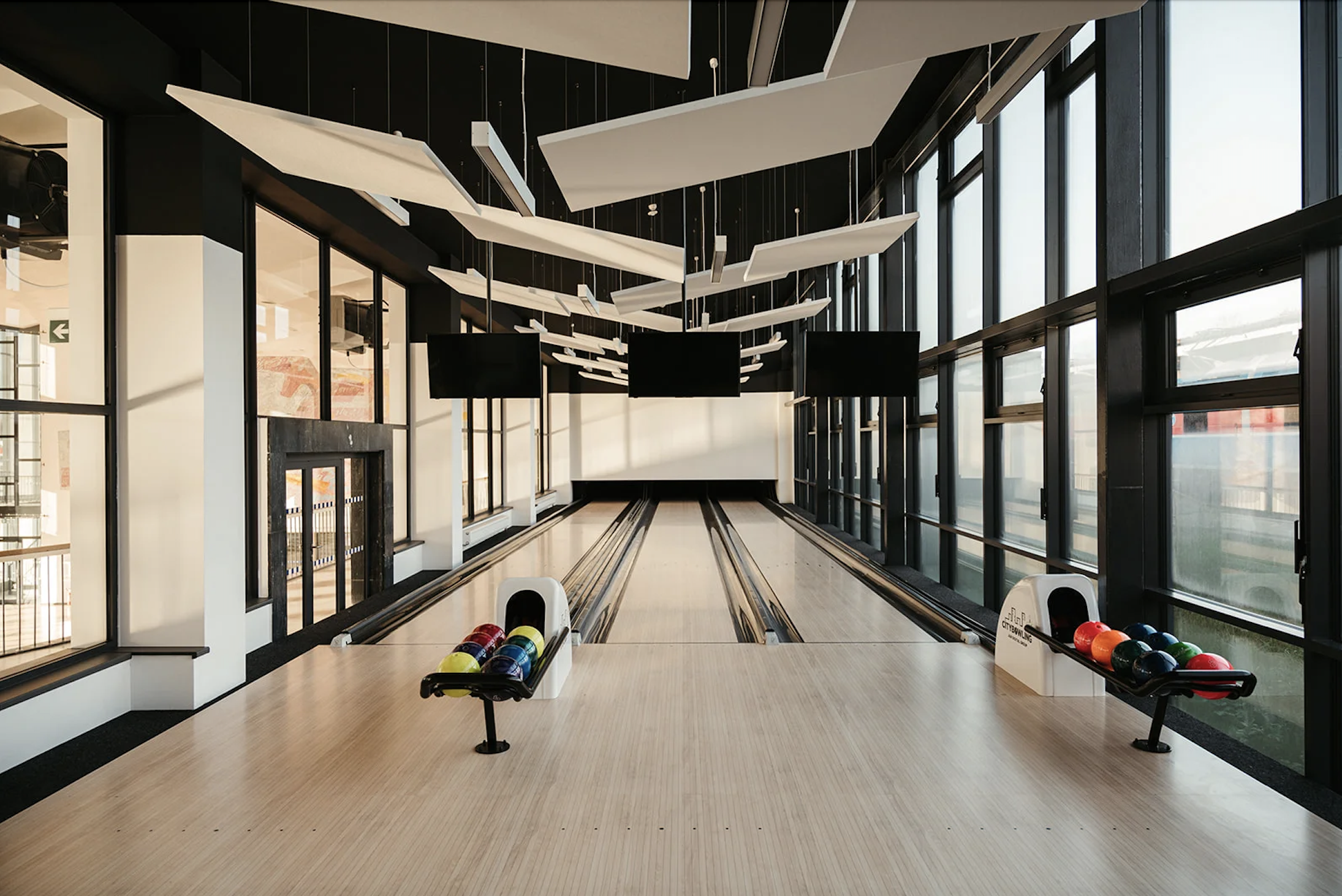
KOHLarchitekti | Web | Facebook | Instagram
Source: Czech Design

Celebrating simplicity | Hétköznapok.

Around Budapest in 150 years with Dávid Zubreczki










